Levelling staff is one of the major instruments used in civil engineering survey. Specifically, it is used in leveling while finding the difference between heights of two points.
It has different names in the field as leveling rod, self-reading staff, staff-rod, or level staff. .
A leveling staff is a large size graduated ruler which acts as a target in leveling operation. It is always used in conjunction with a levelling instrument.
It is used to determine the height of a point with respect to a fixed datum. In addition to that, readings taken with the help of a levelling staff are used to determine the difference in elevation between two points.
These readings are further used for different purposes such as levelling, contouring, etc. which form the basis of civil engineering.
Levelling staff is usually made of aluminum or wood. Typically, aluminum staff is preferred and is most commonly used in field. Aluminum staff is light in weight and more convenient to handle as compared to a wooden staff.
The length of a levelling staff is usually 3, 4 or 5 meters and thickness and width are 18mm and 75mm respectively.
The number of subdivisions per meter length in a levelling staff is 200. Each subdivision in a levelling staff is of 5mm and we know 1m = 1000mm, which makes 200 subdivisions per meter length.
Table of Contents
- Understanding the Readings of a Levelling Staff
- Procedure of Taking Reading
- Types of Levelling Staff
Understanding the Readings of a Levelling Staff
Staff reading is the reading at which the cross hair intersects/strikes the staff. This reading is a four digit number.
The first number is in meters, the second number in decimeters, and the second last and last number is in millimeters.
For example, we have a staff reading of 1.208, this means 1 meter 2 decimeters and 08 millimeters. The point at which this reading is taken is 1.208 meters above or below a fixed datum.
The exact elevation is achieved by subtracting this value from the reading obtained by placing the staff at the benchmark (point of known elevation). The reading at benchmark is summation of datum height and staff reading at that point.
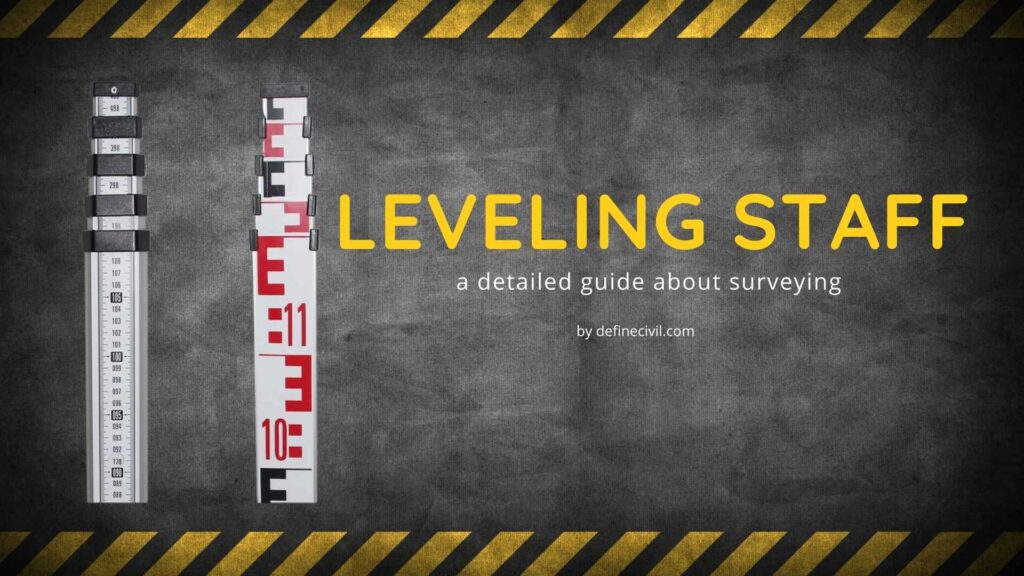
Procedure of Taking Reading
Following steps are involved in taking a reading from a levelling staff. As discussed earlier, a levelling staff is always used in combination with a levelling instrument, therefore we take both aspects into account.
- The first step is levelling and centering the levelling instrument. For that purpose, the bubbles in the instrument are leveled and centered.
- After the instrument has been fixed, a staff man takes the staff and advances to the point where reading is to be taken.
- The staff is held at the point. To ensure proper verticality of the staff, the staff man stands straight behind the staff. He brings his feet together and places the staff between his feet.
- After that, the surveyor at the levelling instrument targets the staff through telescope.
- The staff man keeps moving the staff until the cross hair is aligned with it.
- The method of taking readings is different in self reading and target staff. We will discuss these types later in this article.
- The point on the levelling staff at which the observer’s line of sight intersects the rod is noted as reading.
- The same procedure is followed with other points.
Also Read: Plane Table Survey – Methods, Advantages and Disadvantages
Types of Levelling Staff
There are two types of levelling rods based on how the readings are taken while surveying. These are self-reading and target staff.
Self-reading Staff
Self-reading staff is the one that is read by the person viewing from the levelling instrument. The person reads it through the telescope of the instrument directly.
There is no need of a target as the graduations on the staff are pretty clear and can be read without error. The foot of the staff represents zero reading.
Self-reading staff is further divided into three categories: telescopic, folding, and solid staff.
Solid staff is a single piece of rod usually made of aluminum. It is available in length of 3m. Folding staff has a total length of 4 meters. It consists of two 2 meter staffs with foldable joint between them. One staff can be folded over the other.
Telescopic staff consists of three rods. The upper rod is solid and lower two rods are hollow. For the ease of handling, the upper solid staff goes into the lower hollow part and these two staffs then go into the lower hollow staff.
Self-reading staff is not preferred for longer line of sights. If the distance between the instrument and staff is more, it becomes difficult for the observer to read the graduations correctly.
Also Read: Ranging in Surveying – Direct Ranging – Indirect Ranging – Line Ranger [PDF]
Self-reading staff has the advantage that the accuracy of levelling does not depend on the person holding the staff. An ordinary man can hold the rod with only requirement to keep it straight. Furthermore, it is less time consuming as compared to that of target staff.
Target Staff
A target staff is almost similar to a self-reading staff. The main difference is that it is equipped with a moveable target. The target is usually circular shaped and painted in white and red. This is preferred if the distance between the instrument and the staff is more.
The accuracy of a target staff depends equally on the observer and the staff man. The observer directs the person holding the staff to keep it moving until the line of sight bisects the staff. The readings taken with target staff have greater accuracy for long distance levelling.
Further Read: Tacheometric Surveying – Principle – Method – Applications – Errors – Advantages

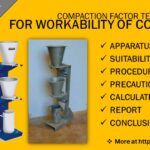
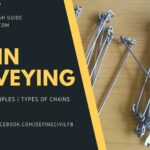






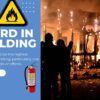


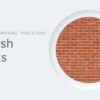





![Engineering Communication by Knisely [PDF] [FREE DOWNLOAD]](https://definecivil.com/wp-content/uploads/2021/05/Editorial-Markup-Stop-Start-Continue-Brainstorm-Presentation-100x100.jpg)
